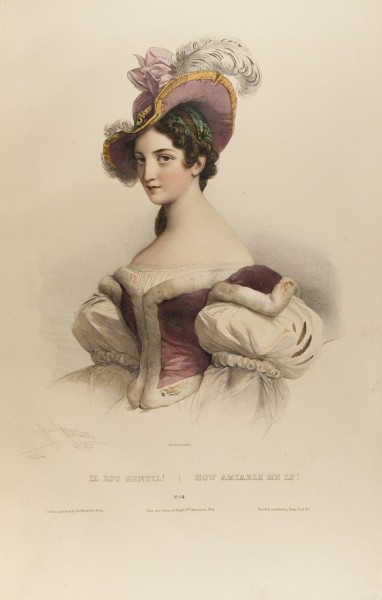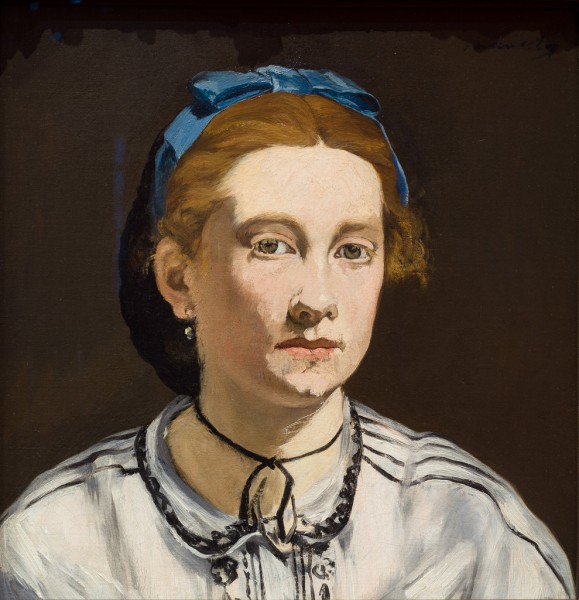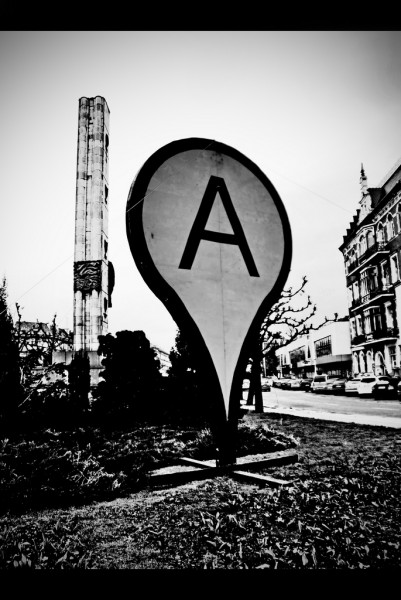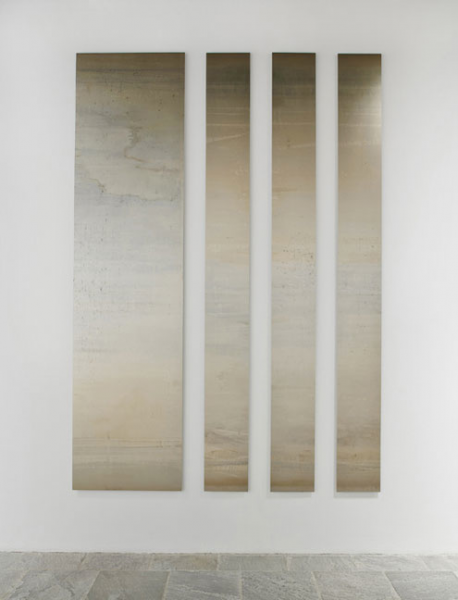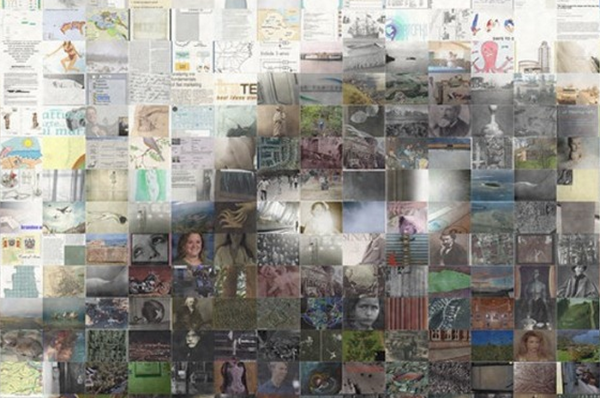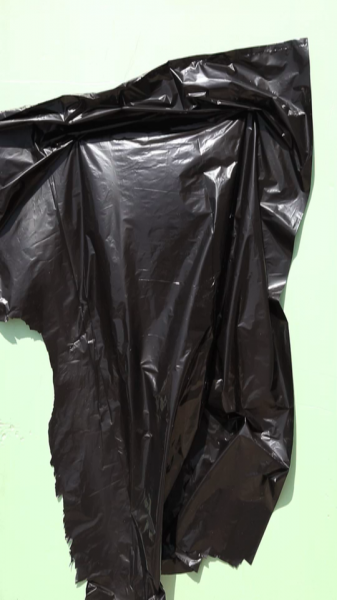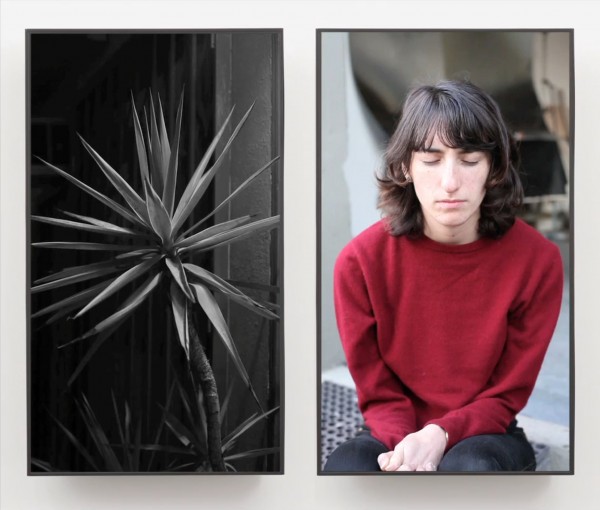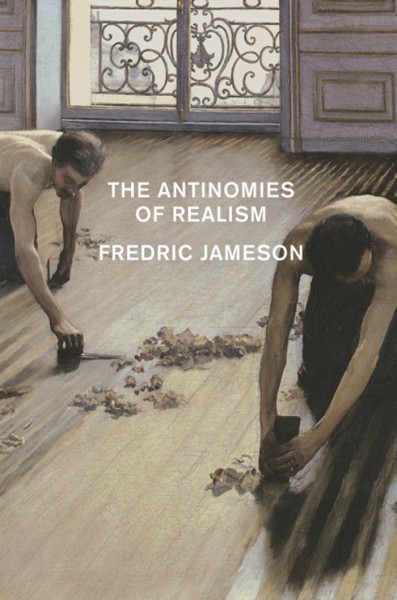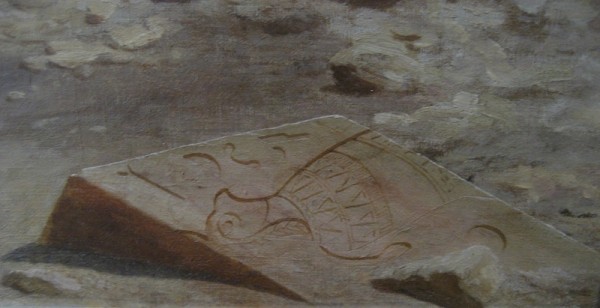
Gérôme, Rodin, and Sculpture’s Interior
As they reconsidered the role of surface and depth in art, both Gérôme and Rodin took their cue from, and attempted to reinvigorate, earlier theories about the contiguity between the exterior and the interior in sculpture. In the process, both stumbled upon a new approach to facture. If there is an aura to be talked about in this new facture, it is not one of immediacy, but of an invisible interior. The resulting works imagine grounds that are highly charged as interfaces—between the present moment inhabited by the viewer, and the past buried below.

